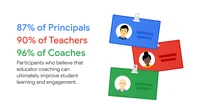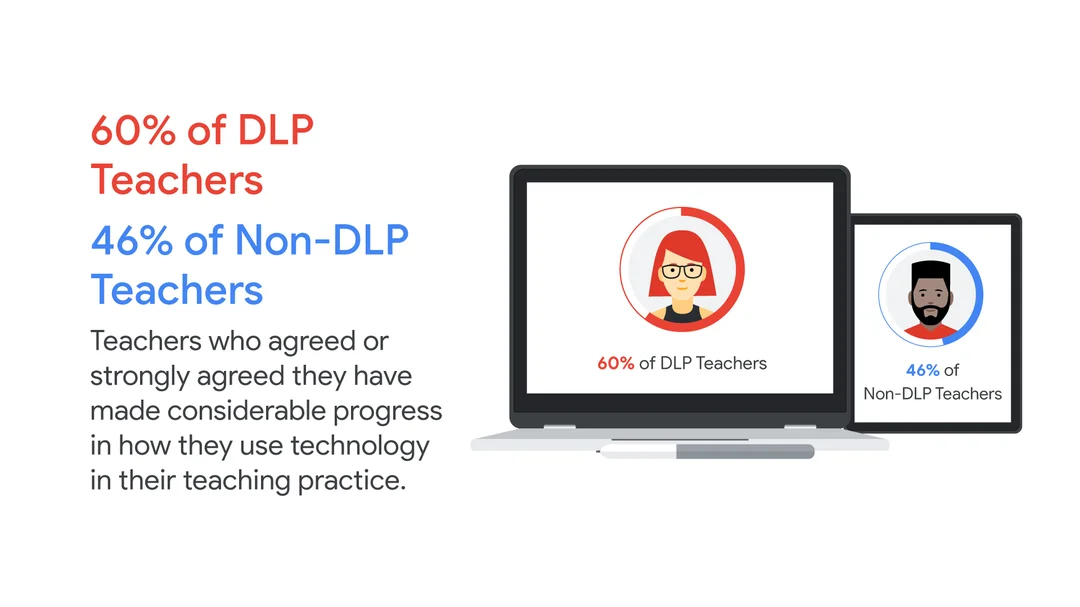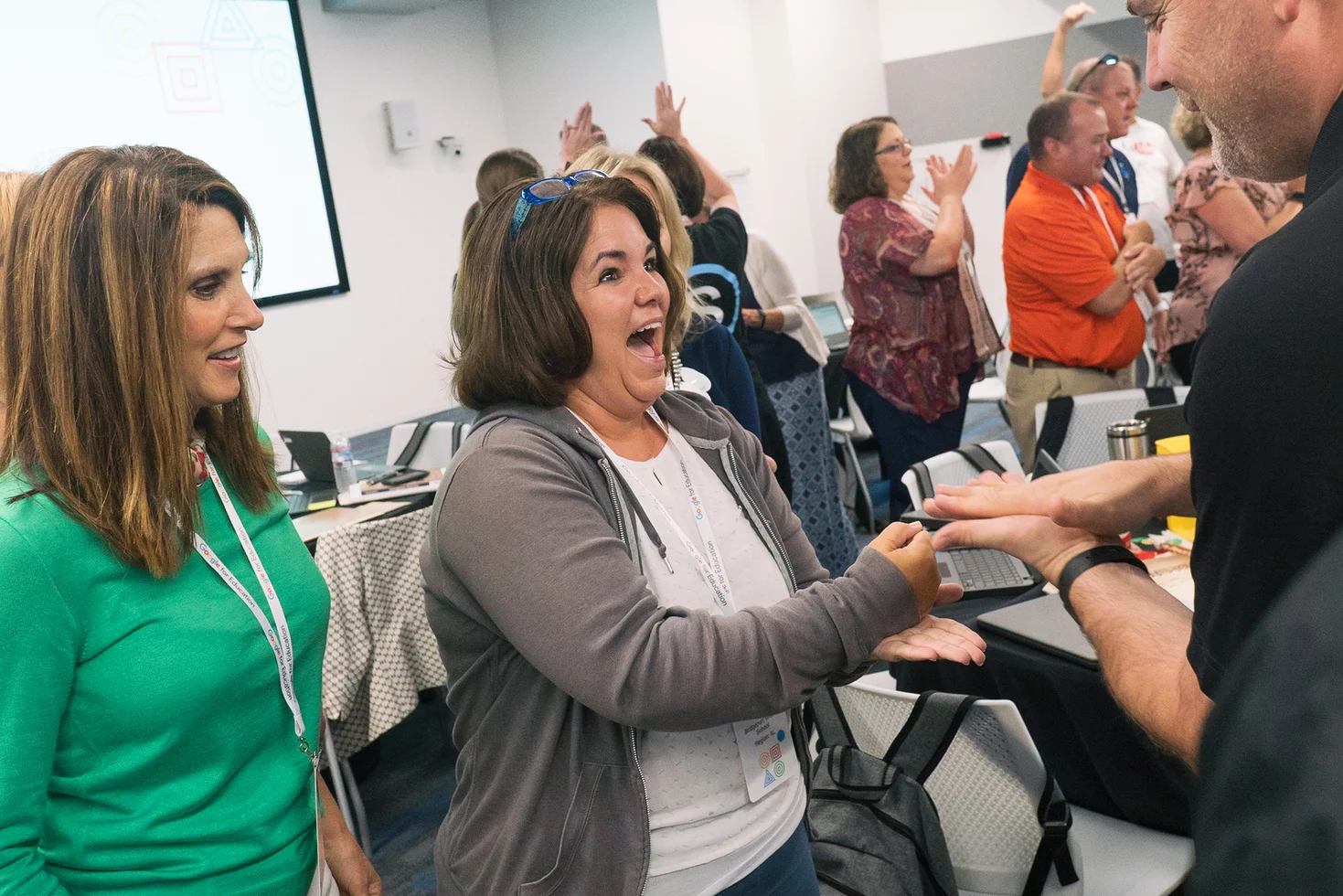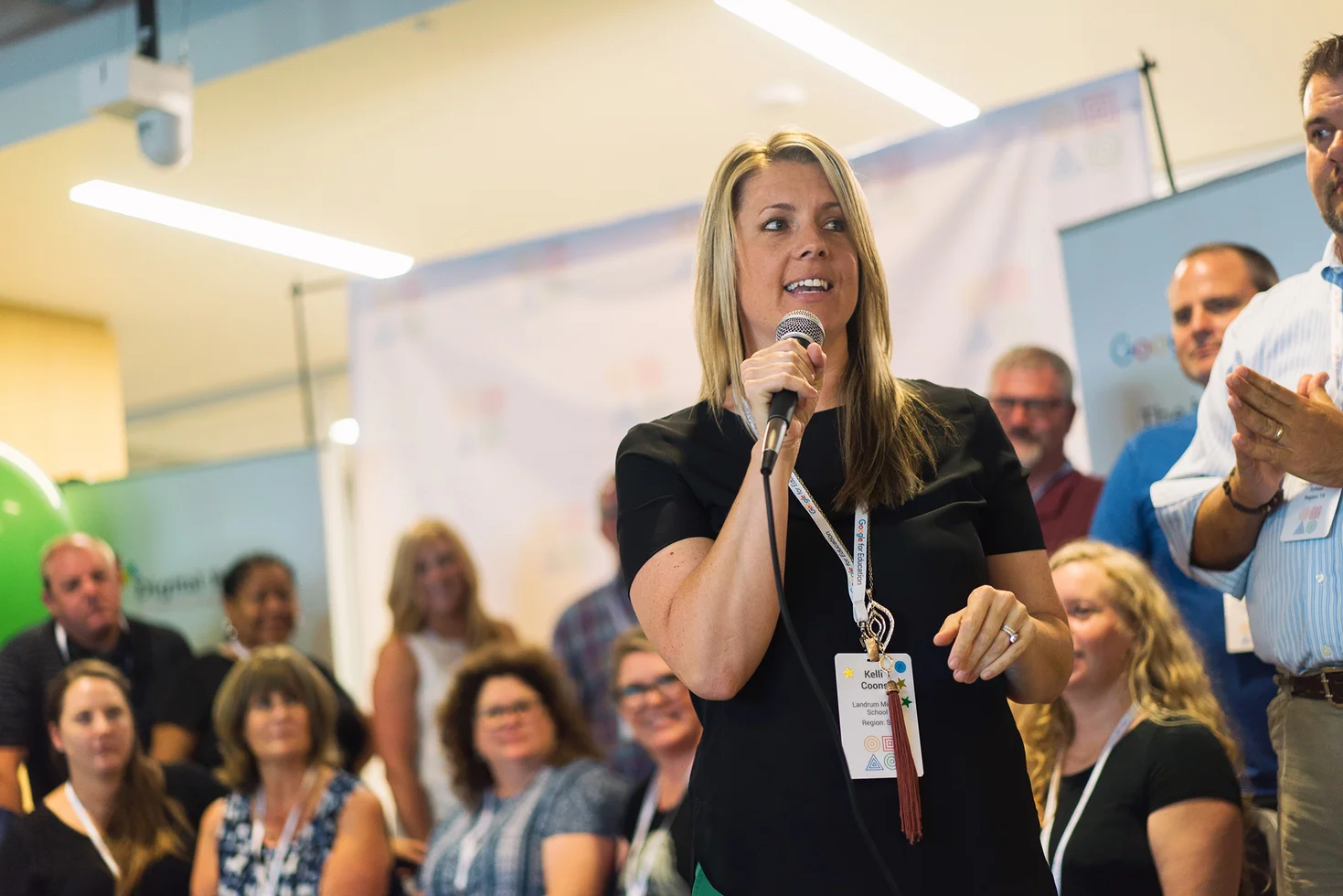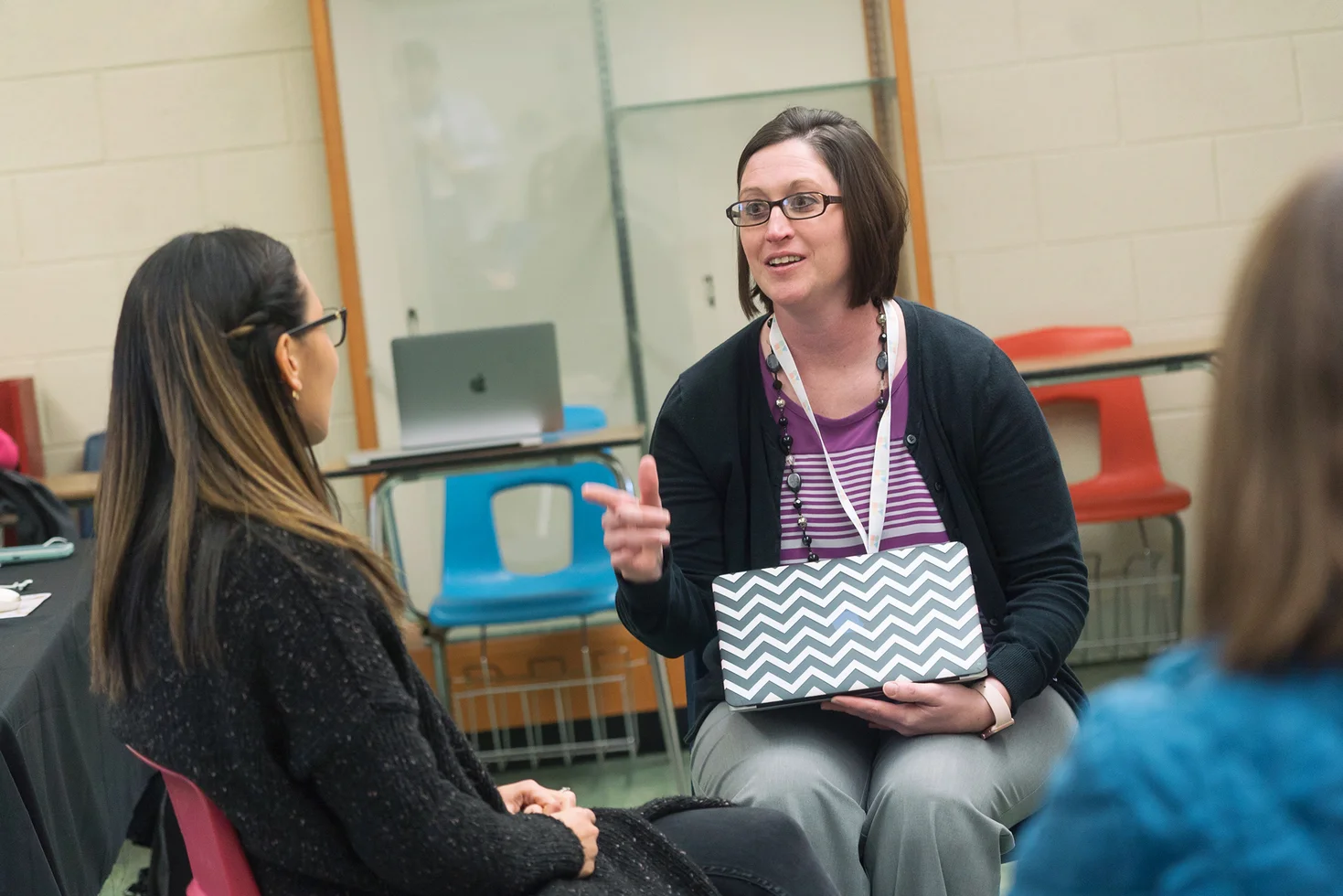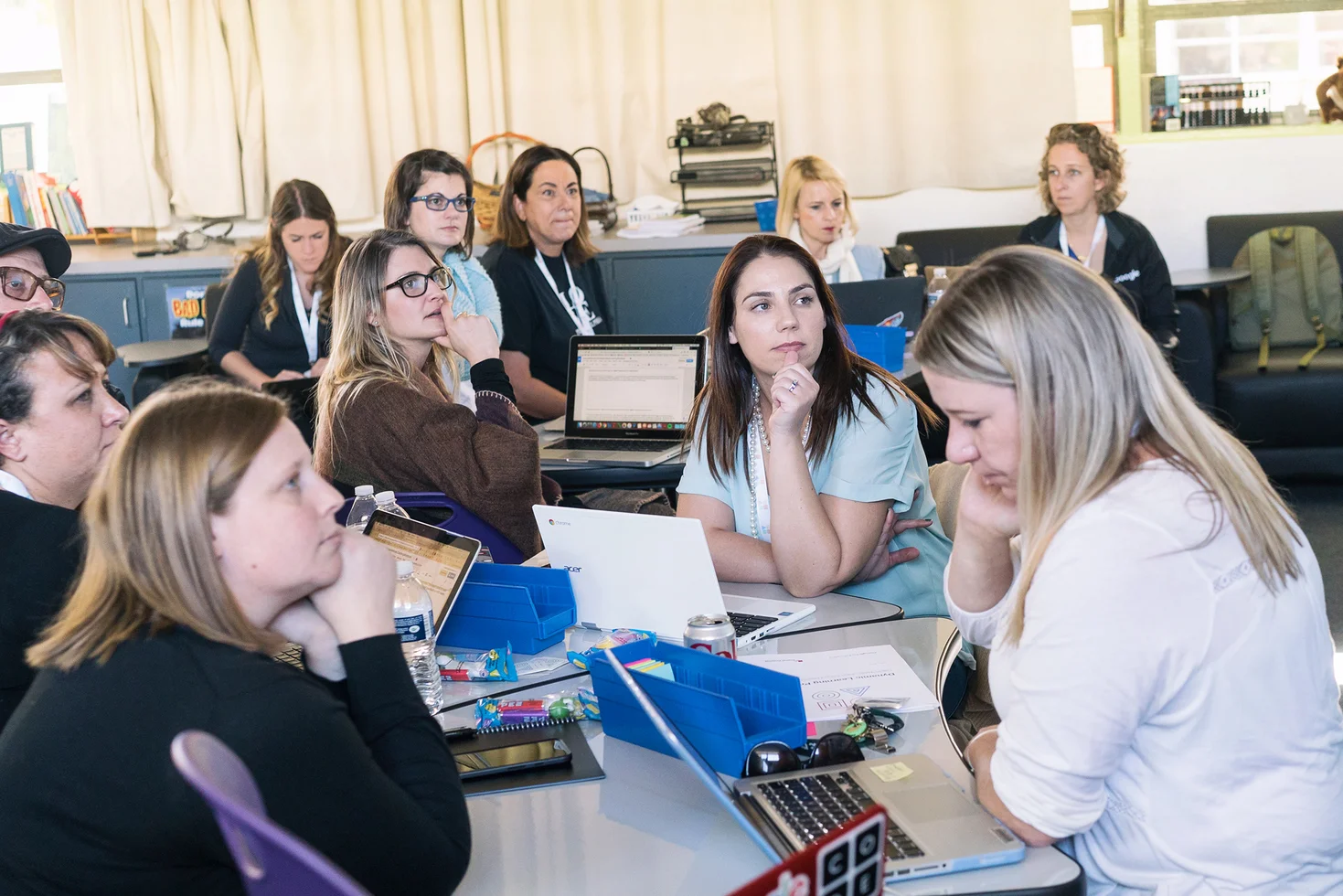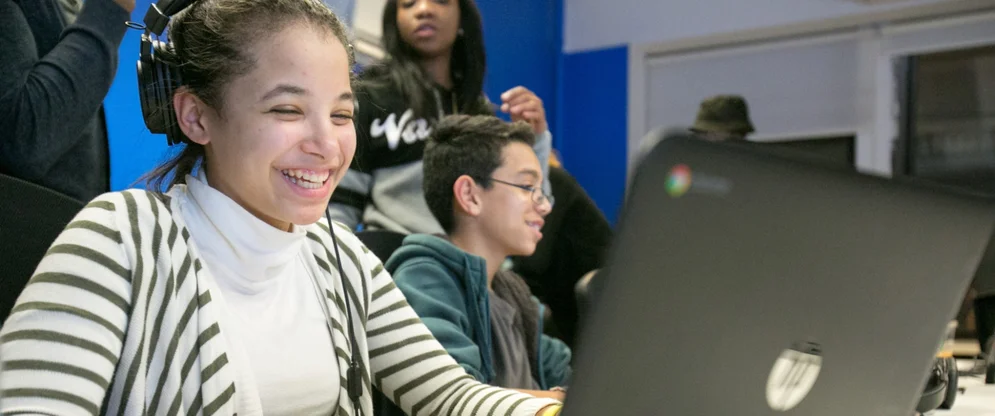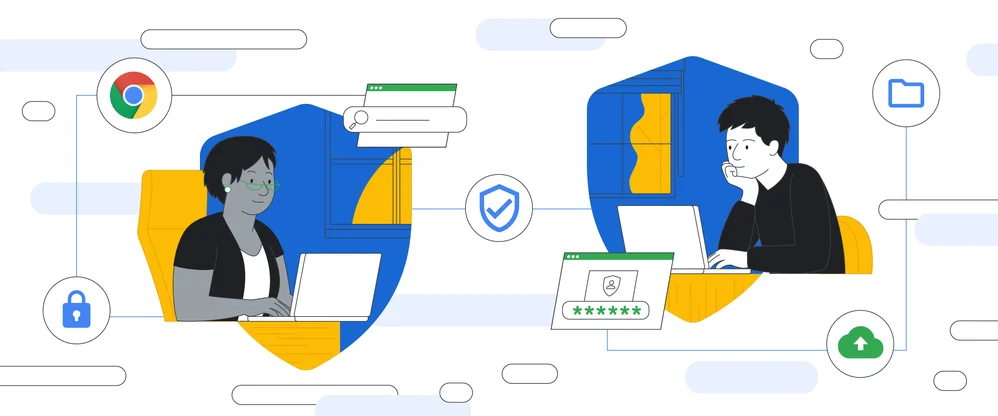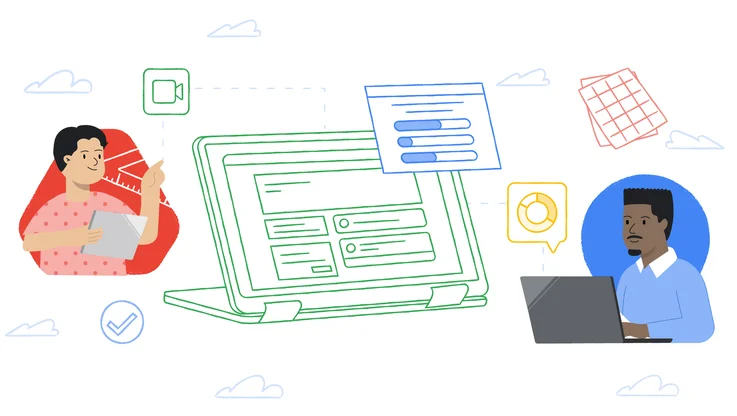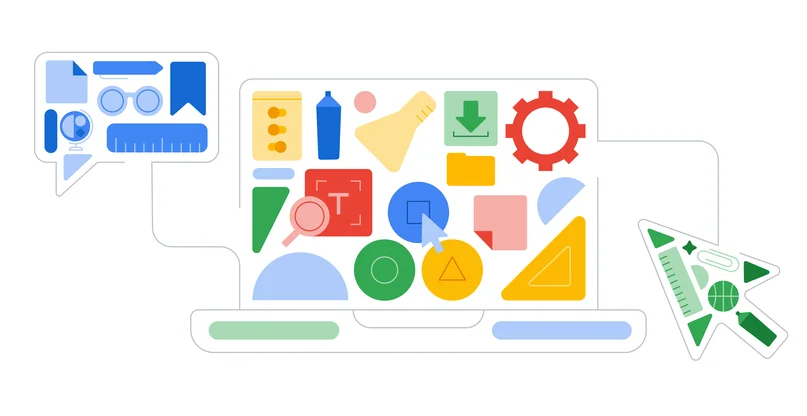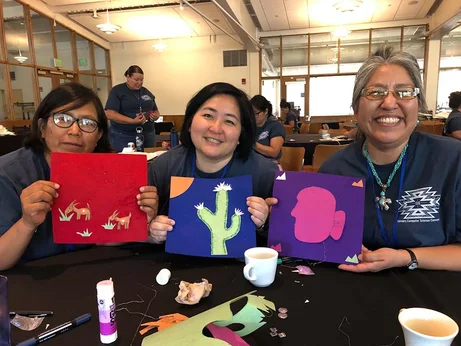What we learned from the first year of the Dynamic Learning Project
Editor’s Note: Last year, we announced the launch of the Dynamic Learning Project—a pilot program that places technology coaches in high-need schools across the country in order to help close the digital divide. Karen Cator, President and CEO of Digital Promise, shares newly released research on what we’ve learned in this first year about the impact coaching can have, and how we’re planning to apply these findings.
While research shows that technology can be effective in the classroom, it’s not being used effectively in every classroom. We call this the “second-level digital divide,” and it disproportionately impacts low-income students. We envision a world where all teachers and students have equal access to and can benefit from technology, but to get there, we need to better support and empower teachers in the schools that need it the most. Research has shown that coaching is an effective way to improve teacher practice, but specific research on the effectiveness of technology coaching is limited, and there is little guidance on how to build a successful program. Last year, we launched the Dynamic Learning Project with Google to help fill in those gaps.
We began by working with 50 schools in 20 school districts across five states—Alabama, California, Pennsylvania, South Carolina, and Texas. We provided each school with the resources to employ an onsite, full-time instructional technology coach for one year along with mentorship, professional development, communities, tools and resources for both principals and coaches.
The results are promising. 44 of these original 50 schools have decided to self-fund their coaches in year two, which tells us that this program is already making a significant impact in these schools. And our first year research report showed us that the program was achieving its other objectives.
The goal of the Dynamic Learning Project is to encourage impactful use of technology in the classroom that drives student skill development, creativity, critical thinking, collaboration, and agency. By the end of the first year, 60% of teachers who were coached reported that they had made considerable or extreme progress in how they use technology in their teaching practice. What’s more, coaches were significantly more confident in their own coaching skills by the end of the pilot year, and the vast majority of all participants were convinced that educator coaching could ultimately improve student learning and engagement;
We also looked beyond the numbers to better understand the factors that drove program success. From more than nine thousand survey responses from program participants, we identified three of the most important factors that differentiate this program from other forms of professional development.
1. It’s personalized
Just as education is increasingly personalized to the needs of the student, coaching is relevant to the specific context of each teacher’s background, classroom, and goals, as well as the particular needs of the student population. That allows teachers to identify their own challenges and build the critical skills to reach their goals.2. It’s school-based
Having a coach dedicated to a school campus was key to impacting the overall school culture. With a supporter and advocate nearby, teachers were more willing to try new things and share their learnings.3. It’s a partnership
Coaching is not the same as teaching; in this model, the coaches and teachers learned together and partnered to bring new strategies and tools into the classroom. The coaching was non-evaluative which gave teachers the space and confidence to open up.This data paints a great picture, but the stories and anecdotes behind the surveys are even more inspiring. Through the course of their first year in the Dynamic Learning Project, we’ve seen coaches and teachers solve many challenges together, and we’re excited to share some of their stories with you.
As we move into year two of the Dynamic Learning Project, we will be working directly with 100 schools to continue to refine and validate the coaching model and program and to better understand its impact on both teacher and student outcomes. And we will work with Google and EdTechTeam to create trainings, tools and resources that can be used by any district looking to launch a tech coaching program or build on an existing one.
Closing the second level digital divide will require a shared focus on supporting teachers, and we end this year even more convinced that coaching can and should play a role in that. We’re encouraged by these early results and excited for the additional learnings to come.
If you’re interested in more information on the Dynamic Learning Project, let us know.
